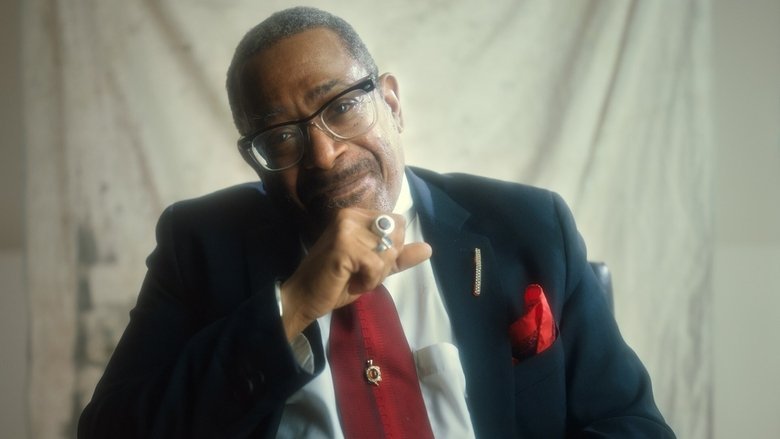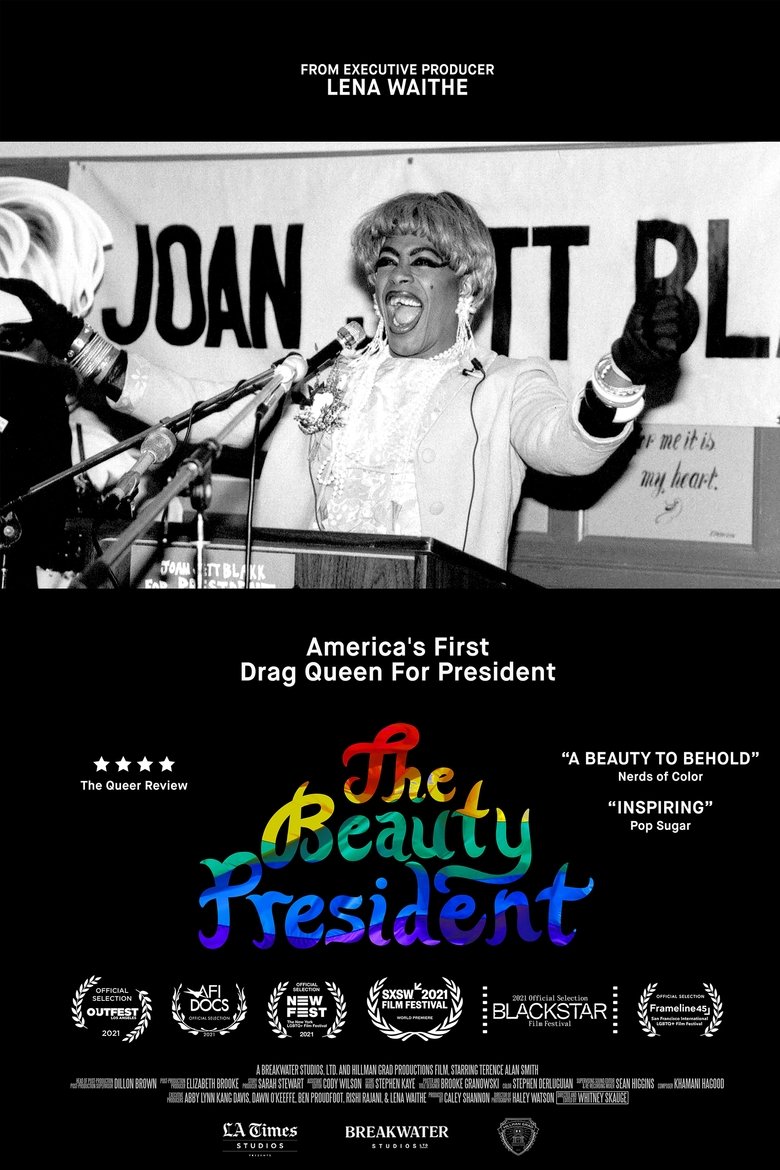

The Beauty President
Genres
Overview
In 1992, at the height of the AIDS pandemic, activist Terence Alan Smith made a historic bid for president of the United States as his drag queen persona Joan Jett Blakk. Today, Smith reflects back on his seminal civil rights campaign and its place in American history.
Details
Budget
$0
Revenue
$0
Runtime
10 min
Release Date
2021-03-20
Status
Released
Original Language
English
Vote Count
3
Vote Average
6
Terence Alan Smith
Self
0.0
Henri Matisse
Documentary film about artist Henri Matisse
1946-04-16 | fr
10.0
Stories of Strength and Hope: Preventing Youth Suicide
An up-to-date look at Youth Suicide with an examination of the warning signs, statistics and causes, along with possible ways teachers and parents can use to help their child overcome this important social issue. Also includes a look at the media and its handling of the social issue through the Netflix series "13 Reasons Why" and the Tony Award-winning Broadway musical, "Dear Evan Hansen."
2018-05-16 | en
6.0
Fallas 37: el arte en guerra
In November 1936, a few months since the beginning of the Spanish Civil War, the government of the Second Republic moves to Valencia. In this situation, several Valencian artists and intellectuals decide to build four fallas — satirical plasterboard sculptures created to be burnt — to mock fascism.
2013-03-02 | es
7.4
The Queens
This documentary chronicles over two years in the heels of four of the world’s most famous drag queens including former RuPaul’s Drag Race winners Jinkx Monsoon and Sharon Needles, former All Stars champion Alaska Thunderf*ck and season 7 and All Stars 2 contestant Katya Zamolodchikova. From performing across world stages to winning (and losing) Drag Race or dealing with major tragedies, The Queens lifts the lace front, giving an insight into one of the most fascinating and quickly ascending entertainment artforms.
2019-09-13 | en
6.0
Pacino and De Niro: The Conversation
This short documentary tells about shooting the scene from 'Heat (1995)' where Robert De Niro and Al Pacino meet over a cup of coffee.
2005-02-22 | en
6.0
Alfonso Sánchez
Famous Spanish film critic Alfonso Sánchez talks about his personal life, his work and Anouk Aimée. A sentimental tribute to one of the most relevant figures on the Spanish film scene.
1980-01-01 | es
5.0
Rodar en Cuba
Documentary - Short Film
2003-01-01 | es
7.6
Australia: Land Beyond Time
Australia: Land Beyond Time takes viewers on a breathtaking journey back in time to witness the birth and evolution of a mysterious land that harbors remnants of Earth's earliest life and many of it's strangest creatures that exist nowhere else on the planet.
2002-05-25 | en
5.8
Hurricane on the Bayou
The film "Hurricane on the Bayou" is about the wetlands of Louisiana before and after Hurricane Katrina.
2006-07-29 | en
7.2
Destiny in Space
Travel alongside the astronauts as they deploy and repair the Hubble Space Telescope, soar above Venus and Mars, and find proof of new planets and the possibility of other life forming around distant stars.
1994-01-17 | en
6.5
Mission to Mir
This film shows how far we have come since the cold-war days of the 50s and 60s. Back then the Russians were our "enemies". And to them the Americans were their "enemies" who couldn't be trusted. Somewhere in all this a young girl in Oklahoma named Shannon set her sights on becoming one of those space explorers, even though she was told "girls can't do that." But she did.
1997-10-17 | en
7.0
Straight Up: Helicopters in Action
Straight Up: Helicopters in Action will take audiences on a series of aerial adventures. Fly along with skilled helicopter crews as they carry out sea and mountain rescues, apprehend drug smugglers, repair high voltage lines, save endangered animals, deliver humanitarian aid, and undertake a reconnaissance mission. Learn how helicopters are flown.
2002-09-18 | en
2.0
Film for Blind Poet
Glauco Mattoso, a blind sadomasochistic poet, agrees to participate in a documentary about his own life, but the conditions he imposes raise difficulties to the work of the young director.
2012-04-06 | pt
9.0
The Presence III
Two rabbis show the ruins of an abandoned synagogue to a group of primary school-age Jewish children, and stand by as the children dip bread in honey, drink wine, pray, and sing.
1986-01-01 | hu
6.0
The Runners
As we run, the layers of responsibility and identity we have gathered in our lives, the father, mother, lawyer, teacher, Manchester United-supporter labels, all fall away, leaving us with the raw human being underneath. With nothing but our own two legs moving us, we begin to get a vague, tingling sense of who, or what, we really are.
2013-11-15 | en
5.5
Have We Met Before?
Short docudrama exploring the history of sex in the homosexual community from the 1970s to the present day, and how the internet has changed the way gay men meet forever.
2019-03-17 | en
7.0
Beyond Oil
Documentary on industrial lubrification.
1981-01-01 | fr
6.3
Roundhay Garden Scene
The earliest surviving celluloid film, and believed to be the second moving picture ever created, was shot by Louis Aimé Augustin Le Prince using the LPCCP Type-1 MkII single-lens camera. It was taken in the garden of Oakwood Grange, the Whitley family house in Roundhay, Leeds, West Riding of Yorkshire (UK), possibly on 14 October 1888. The film shows Adolphe Le Prince (Le Prince's son), Mrs. Sarah Whitley (Le Prince's mother-in-law), Joseph Whitley, and Miss Harriet Hartley walking around in circles, laughing to themselves, and staying within the area framed by the camera. The Roundhay Garden Scene was recorded at 12 frames per second and runs for 2.11 seconds.
1888-10-14 | en
6.0
Traffic Crossing Leeds Bridge
A film by Louis Aimé Augustin Le Prince, shot in late October 1888, showing pedestrians and carriages crossing Leeds Bridge.
1888-10-15 | xx
6.6
Coral Reef Adventure
Coral Reef Adventure follows the real-life expedition of ocean explorers and underwater filmmakers Howard and Michele Hall. Using large-format cameras, the Halls guide us to the islands and sun-drenched waters of the South Pacific to document the health and beauty of coral reefs. Featuring songs written and recorded by Crosby, Stills & Nash.
2003-02-14 | en